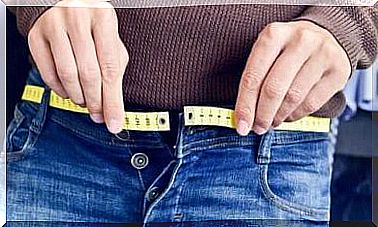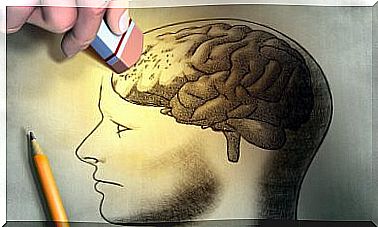Intracardiac Injection: What Is It?
Intracardiac injection is a medical technique reserved for emergencies. It involves delivering drugs directly into the heart.
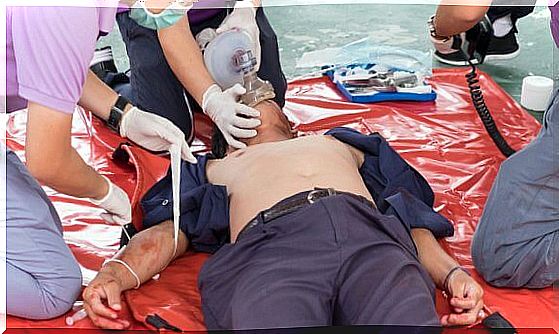
When we talk about intracardiac injection, we are talking about a route of administration reserved exclusively for emergency situations. An emergency is defined as any situation which poses an imminent or potential risk of death to the person. In these cases, the drugs can be administered intravascularly. Thus, the drug goes directly into the blood and works immediately.
The situation where this injection is most frequently used is cardiac arrest. It is very effective because it skips the absorption phase of the drug, that is, everything that is introduced acts directly. There is no intermediate period of absorption. In this way, 100% of the administered dose is useful.
In addition, by omitting this step, there is no variability between patients of the same age and height. This allows you to calculate the appropriate dose accurately, which is very useful in this type of situation where the patient is unconscious.
How is the intracardiac injection performed?
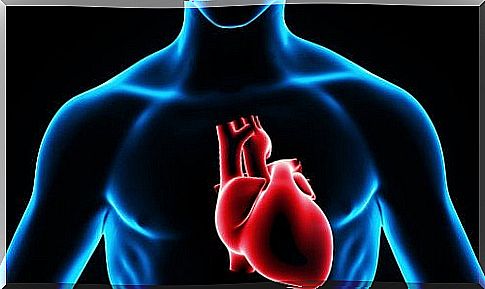
With each beat, the drug spreads throughout the body.
In the first step when performing this technique, we talk about preparing a sterile needle at least 10 cm long. It is important that it is a needle of these dimensions and not smaller, because it must go directly to the heart.
Once the needle is ready, it must be loaded with the dose that you want to administer. The patient’s intercostal spaces are then palpated. The intercostal space is the region between one coast and another. It is usually easy to locate, but if the patient is obese, this phase becomes more complicated.
When we have located the fourth left intercostal space, that is to say the region between the fourth and the fifth rib, it is then necessary to follow the line which connects it to the sternum on its left edge. This is the approximate location that we can make of the heart.
Finally, the syringe is introduced into the delimited space. Despite the technical difficulties, the drug reaches the myocardium and allows cardiac activity to be restored in the event of an imminent arrest.
What drug is used in intracardiac injection?
Adrenaline is the most widely used drug. Usually 0.1% adrenaline is used because this is the concentration that achieves the desired activity without serious side effects. It must be remembered that anything administered intracardially works immediately; thus, a higher dose would be fatal.
Adrenaline, and epinephrine is one of the most powerful activators of the sympathetic nervous system. The heart changes its frequency of contraction according to the regulatory signals sent by this system. Therefore, we can say that changing the sympathetic nervous system will also change the electrical activity of the heart.
Several studies have shown that an intracardiac injection of adrenaline for up to 5 minutes after cardiac arrest improves the chances of survival. It is effective, although not 100% of the time of course. Indeed, the time factor is important in this type of emergency. Thus, the survival rate presents a relationship directly proportional to the precocity in administration.
When is the right time to use this technique?
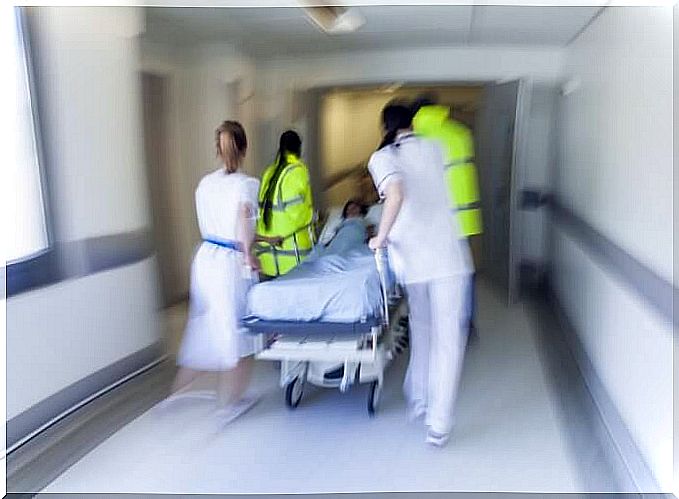
Intracardiac injection is almost exclusively reserved for epinephrine in an emergency.
Intracardiac injection is not recommended during cardiac massage. It is best to practice cardiopulmonary resuscitation and injection techniques separately so that the drug can fully access the myocardium. This reduces cardiac ischemia.
Ischemia is the process that cells go through when they die because the blood does not come to feed them. This process is present in many heart conditions, but the most common disease is myocardial infarction.
When a person goes into cardiac arrest, the heart stops pumping blood to the rest of the body and starts the process of ischemia. It is then that the intracardiac injection must be applied to reverse the process and restore blood supply and contractile function.
Finally, it should be noted that only medical professionals with experience in situations of emergency life can apply this technique.








